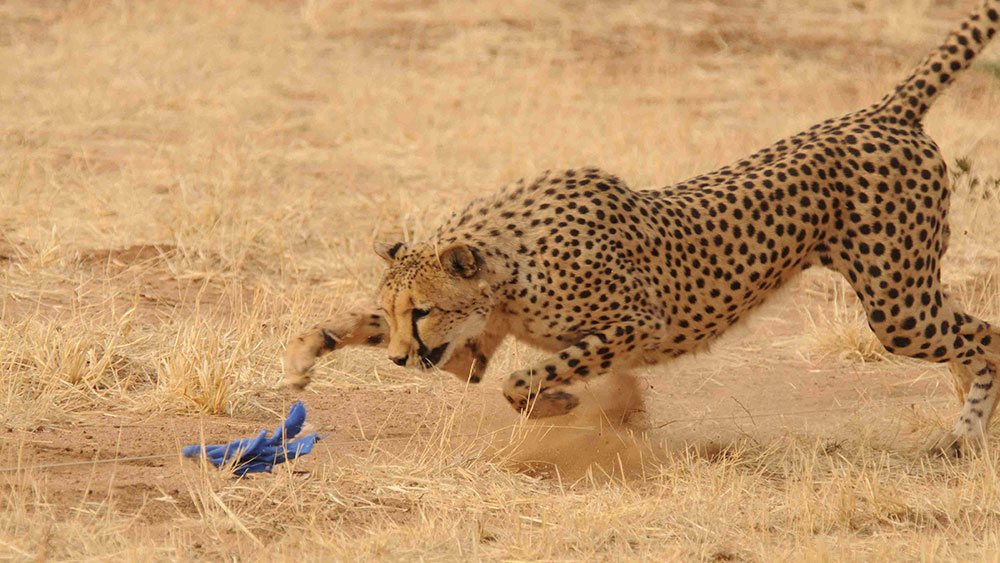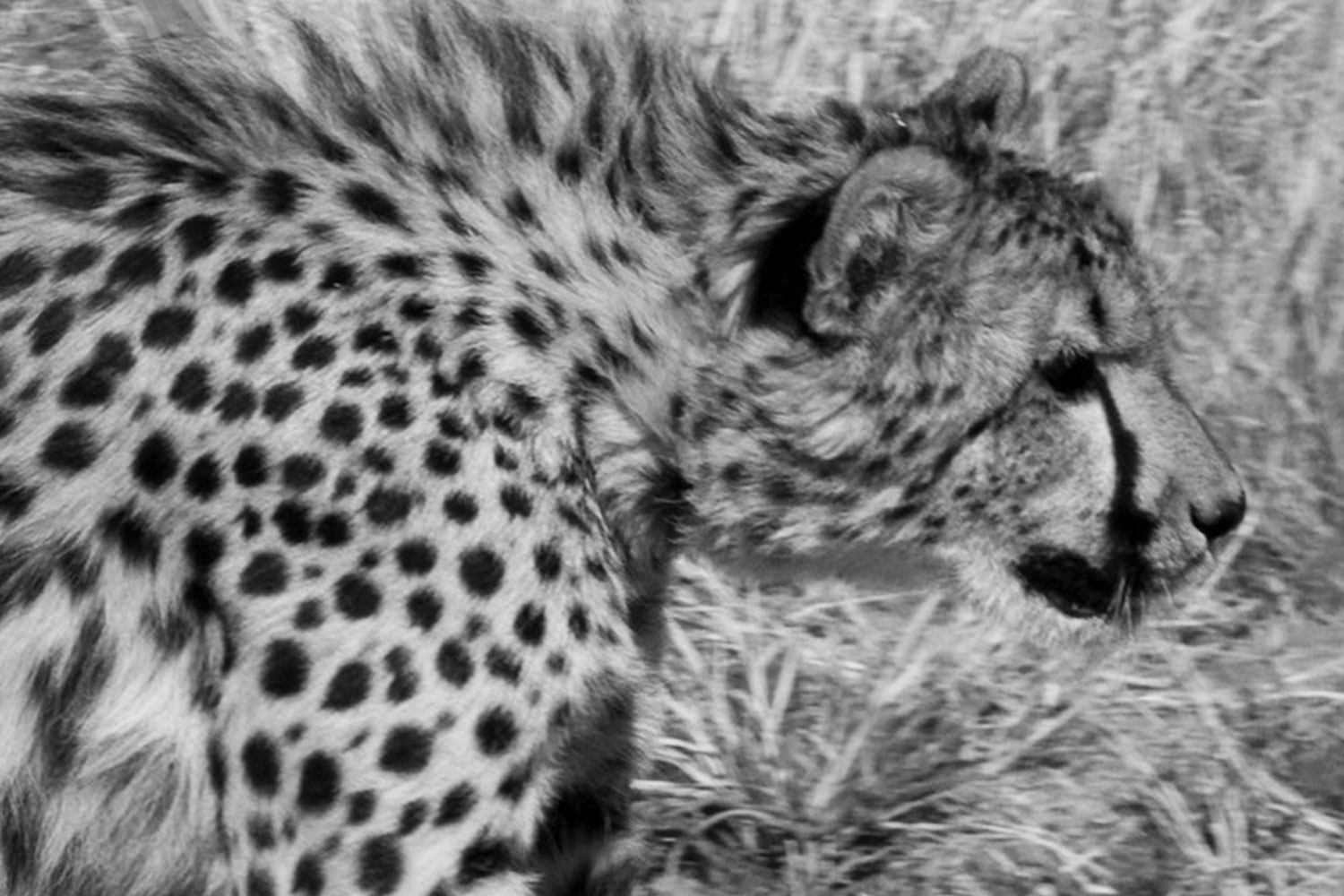A Day in the Life – Zookeeper
-

- by Jaimee Foote October 30, 2017

As you may know, two of our committee members, Jaimee and Michelle, work with big cats at Monarto Zoo (SA). Here is a day in their life:
Being a zookeeper, especially a carnivore keeper is not really your average job …
In fact it becomes your life.
Firstly you wake in the morning happy and wanting to go to work each day. It truly is a unique opportunity to make a difference by either breeding or raising awareness, educating people about the plight of our endangered species. The cheetah section is always busy as is each section at Monarto Zoo.
The day always begins with a morning debrief meeting of all keeping staff. It’s then to the meat room to gather your morning treats including treatment needed and training meat. Then off in the ute and up to the cheetah area. We have eight cheetahs at Monarto the ratio being 3 male : 5 female. We have three main exhibits and a breeding complex comprising six breeding yards for our female cheetah.
Firstly it’s to our platform exhibit to check whoever may be in there, as one of our Ambassador cheetahs would be in there. We then go in, treat if needed, cuddle them, and if time permits a quick training session. We do a lot of valuable conditioning and training with our cheetah for vet purposes, this reduces the stress whilst being in captivity. Once the interaction is complete the exhibit then requires checking of fence, water and a clean. Each exhibit once animals are off requires the same maintenance.
Next it’s off up to the breeding complex. Once all animals are checked, treated (if needed) and placed into their required areas, what we call the run-bys can begin. This is the breeding process we undertake each morning in the breeding season where the two males are sent through the females night lockaways whilst the females are in the day yards attached. It is critical for us to know cycling behaviours and pick up on these signs. If there is enough interest from both animals an introduction may occur. If both animals aren’t showing the highest level of interest, then an introduction could turn aggressive.
Next up, three days a week is our Meet the Cheetah Tour. This tour has been Zoos SA’s most popular tour and it begun in July 2005. We were faced with having to hand raise a litter of six cubs due to the queen’s illness. The three males in the litter became our famous Ambassador Cheetah, which have raised hundreds of thousands of dollars for cheetah conservation and conservation programs as a whole. It requires two keepers to give the cheetah tour, one keeper who gives the tour and the second keeper is observing both cheetah and people, to ensure safety standards are met. People have to be sixteen and the max number of people is four, but the experience of being in and getting that close to cheetah is indescribable.
After the tour and the morning break, its back to the meat room to prepare the cheetah’s meat portion for the day and to cut up treatment and training meat for the next day. It’s then over to the fennec foxes to clean, feed, condition and enrich with an item of interest. Then it’s off to the other carnivore section where our painted dogs, hyena and African lions are. The cheetah keeper has to then tend to the painted dogs which are housed off limits. This again requires cleaning, feeding, conditioning and enrichment. We give varying types of enrichment which stimulate natural behaviours in our carnivores.
Each day is different as a cheetah keeper, with meetings to attend, animals to weigh etc. and a never ending list of extra jobs to do.
It’s now time for a lunch break where all keepers hang out together at an old homestead on site. After lunch it’s back to the meat room to collect the cheetah’s meat feed, jump into the ute and head back to the cheetah breeding complex. Now all the breeding yards can be cleaned, food pads scrubbed, water trough cleaned and any poo or bones picked up. It’s now off to the platform exhibit where a daily cheetah presentation is conducted. The keeper heads into the exhibit with one of our hand raised cheetah where we can address the public on interesting facts, highlight conservation awareness, perform training and conditioning and feed the cheetah. This is a great opportunity to reach out to the public and get them inspired about the cheetah and their conservation.
It’s now feeding time for all Cheetah. The cheetah are firstly secure in a safe area, their food is placed on their feeding pads and then let out for feeding. All cheetah are starved twice a week on Monday and Thursdays so no feeding is required on these days so any other odd jobs can be complete during this time. Once all cheetah are happily feeding a final check off all gates and locks can be complete before leaving the area for the night.
It’s then off to the pit to dispose of any waste and to lock exhibit safety gates, so the cheetah on exhibit are safe and secure overnight. It’s then Lion feeding time!!! As the cheetah keeper you help bring the 12 lions off exhibit and sort them out in their correct order for the Lion tour and feeding. This can be very full on at times especially when you have 12 very hungry lions. Once all lions are happily feeding you head back to the meat room to wash any dishes and tidy up. It’s then over to the Fennec Fox again for their final feed of fruit and vegetables before heading back to the homestead. Here the cheetah daily diary is filled in, any electronic records are compiled, your radio is put back on charge and its then home time.
